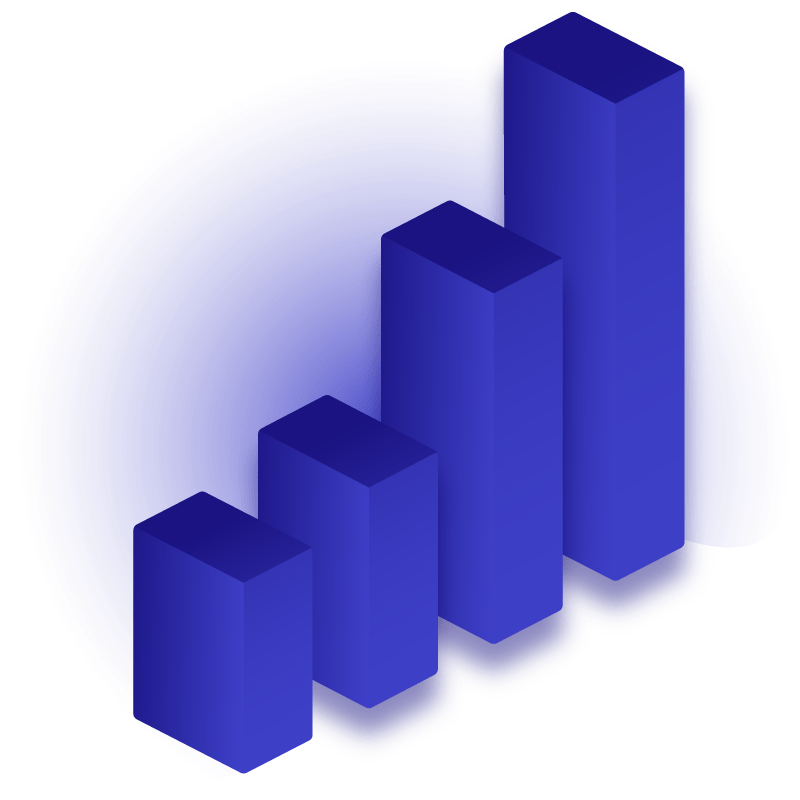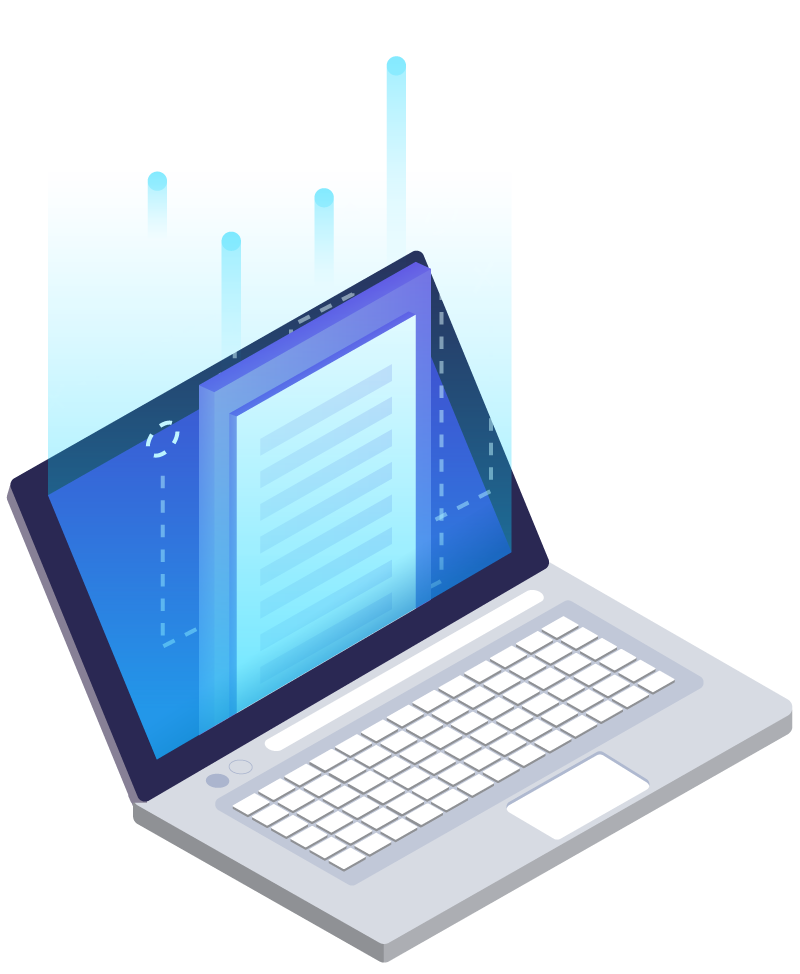Technology IP
The system enables the definition and/or utilisation of contextual states that can either be predefined or user-defined. Such states represent a state within the system generated by an entity’s interaction with the environment causing the system to become contextually aware. For example, the system can develop contextual awareness of the data setting, such as particular devices, communication channels, information sources, social networks, enterprise repositories, or combinations thereof to a contextual state. Additionally, the system and/or the user can further associate user location, activity, interaction, time, social context, presence, or combinations thereof to a contextual state. Furthermore, the system can map relevant objects (e.g. an email from a particular email address) relating to such associations with a particular user’s contextual state.
Key Patent Embodiments:

Search & Personalisation
- AI Enabled Autonomous Search delivering, context relevant, individualised results to a user /agent. *[0012] [0044-57] [FIG1]
- Intelligent Search, breadcrumb & inferencing, predicting and linking content to target audiences & marketplace. Predicting Example. Geospatial/temporal trajectory, Interests, Affinities, Expertise, Trust levels, Products and Services. *[0025] [0032][FIG8] [FIG5]
- Intelligent Agents (SIA). Entities which observe and act upon an environment and directs its activity towards achieving priorities, interests and goals. SIA’s may be used to service Business Intelligence or Collaborative Intelligence applications. *[0031]
- Traditional Search with context. *[0028]
- PAR (relevance) for an object may be unique to the individual user or entity and may be affected by the user/entities PAP (context) and/or PPP (psychometrics). *[009-12] [0058-59]
- The social management system providing relevancy ranking including trusted source management and a social contextual perspective. *[00211] [0024] [FIG3]
- A system for Collective Intelligence, creating, sharing and/or distilling information. *[0021] [FIG18]
- Privacy Management allows policy governance around user, context, objects & interactions. *[0034] [FIG 20]
Knowledge Augmentation & Collabortion
- AI. Smart Mobile, IoT, wearable, implant or other MMI/HMI device imbedded with a psychometric system that interacts with, and augments, the user’s knowledge & personality. *[0013] ] [00131-38] [FIG. 4]
- A system provides a form of artificial knowledge retention capability for the user. *[0017]
- The system may interface with social media repositories to further describe the media for easier/policy consumption, such as fact checking, provenance, author relevant expertise and reputation. *[0018]
- To link a person’s PAP and/or PPP to a virtual sphere of knowledge such as a “place” visited or passed through (GeoFencing/VirtualFencing/ Augmented Reality). *[0023]
- Integrating Enterprise Information into the Knowledge Management System. Allows, for example, tasks, contacts, calendar information and/or messaging (email, SMS, WhatsApp, Social Networks, Wiki, blogs, etc.), or combinations thereof, to be synchronised, or partially synchronised. *[0029]
- Personal development utilising a user’s PPP (psychometrics) to provide feedback on goals, psychometrics styles and predict future patterns of, a user’s behaviour. *[0036]
- Utilises knowledge system with users’ PPPs (psychometrics) to create simulated creative thinking and create new knowledge. *[0037] [FIG 7]
- User created Collaborative Workspaces for topics of interest that can then be socially interacted within and discovered by other PAP/PPP. These workspaces may exist in a container within the system or as a link to an external workspace (e.g. a wiki). *[0022][FIG16]
- Intelligent CRM (Customer Resource Management) for seamless data integration and contextual business processes and collaborative interactions of the enterprises’ participants including its customers, suppliers, marketing intermediaries, or any other related party can interact within the content containers. *[0026] [FIG18][FIG20]


Market Place
- Container economies (relevant content stores fused by concepts and goals) may be created by container owners and/or participants such that objects can be traded within and/or across containers (Knowledge Marketplace). The platform driving the containers can be offered as, but not limited to a Software as a Service (SaaS), or a Platform as a Service (PaaS). *[0014] [0060-61] [64-66] [FIG 15-16]
- Marketplace eCommerce and Advertising, with the marketplace adaptively adjusting into a user’s “relevant and or predictable attention” for service and/or product offered based on a user’s PAP (context) PPP (psychometrics) and the service and/or product’s PAR (relevance). An economy using concept-to-service & product-to-user attention matching. *[0035] [0063] [00267] [FIG 20]
- A system API for making user’s personalised attention profile, user’s personalised psychometric profile, object’s personalised attention ranking, or a user’s knowledge profile are accessible. *[0067]
